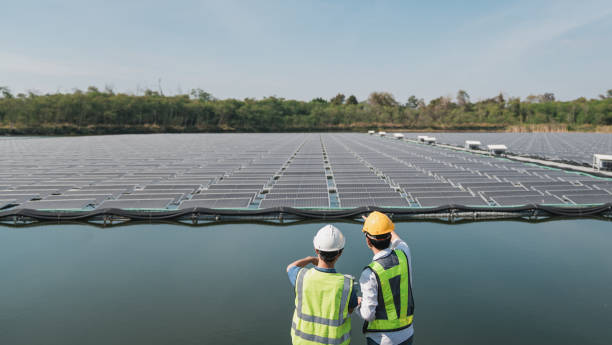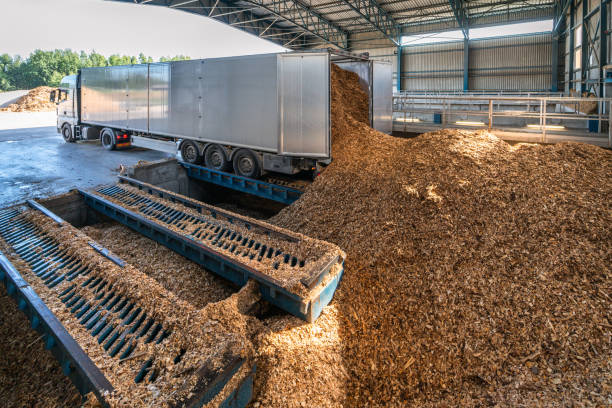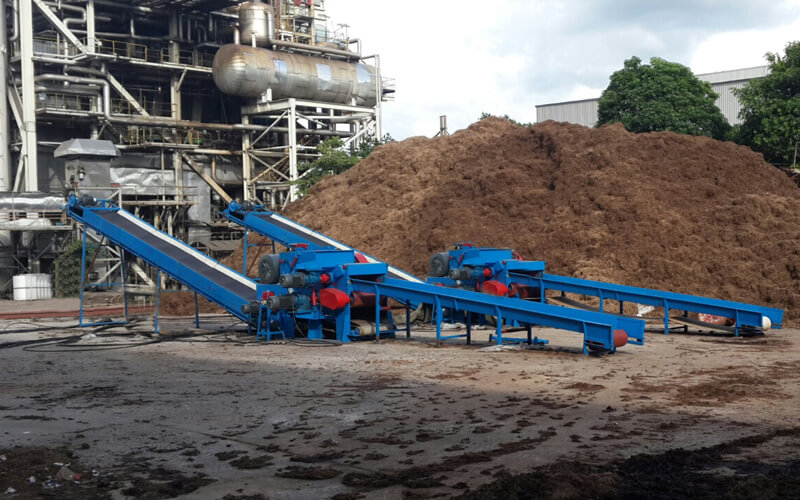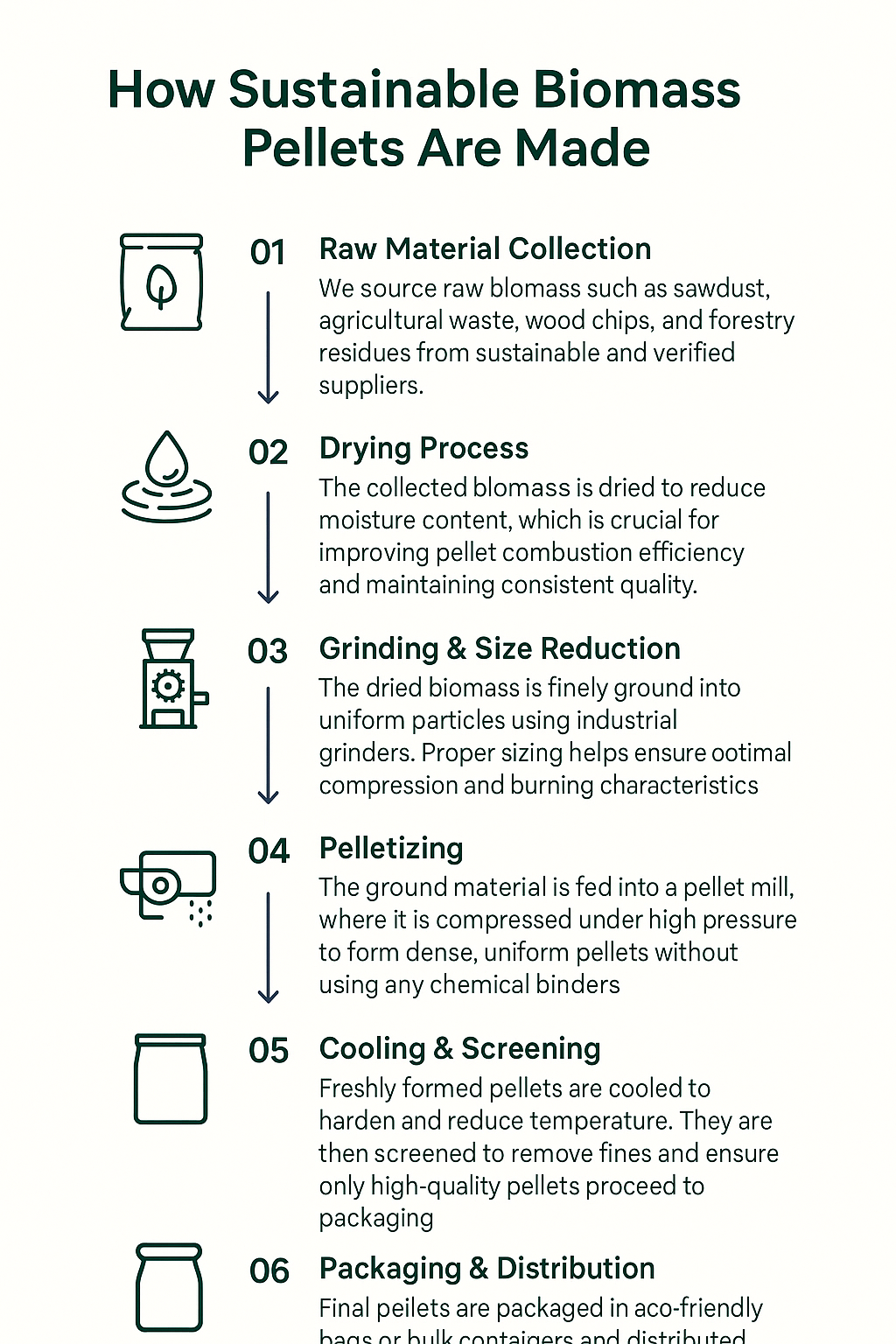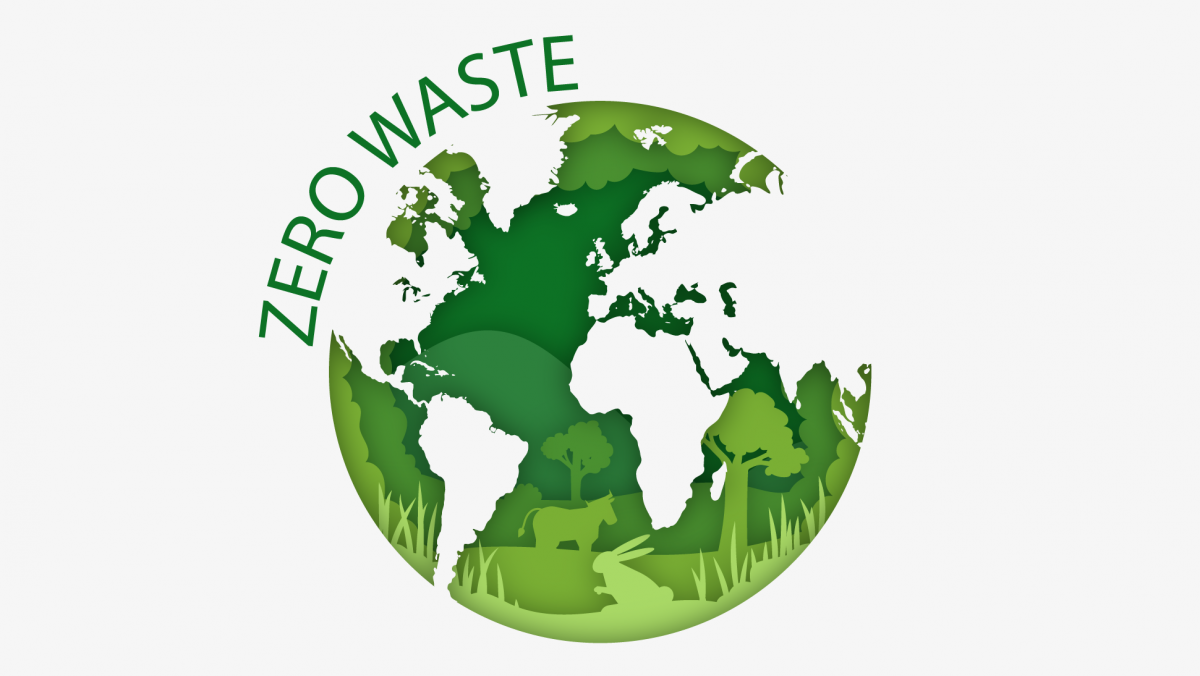Custom Solutions
Tailored Biomass Solutions for Every Need Our Custom Solutions service focuses on delivering biomass energy systems that are engineered to meet the unique operational needs of each client. From initial feasibility studies and resource assessmen...

 Why choose us
Why choose us
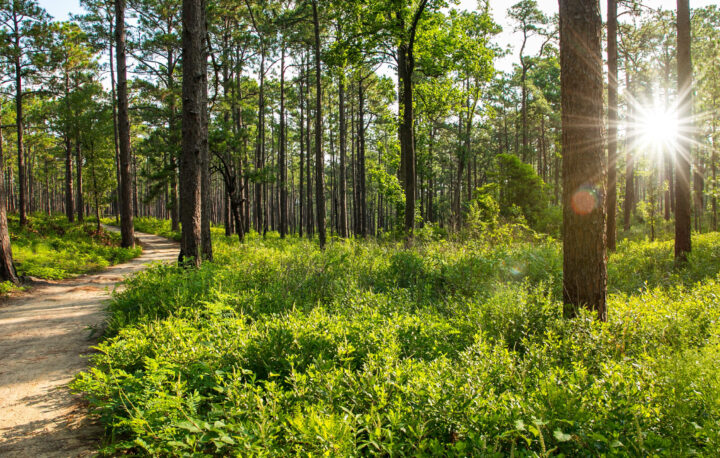
 Features We Provide
Features We Provide